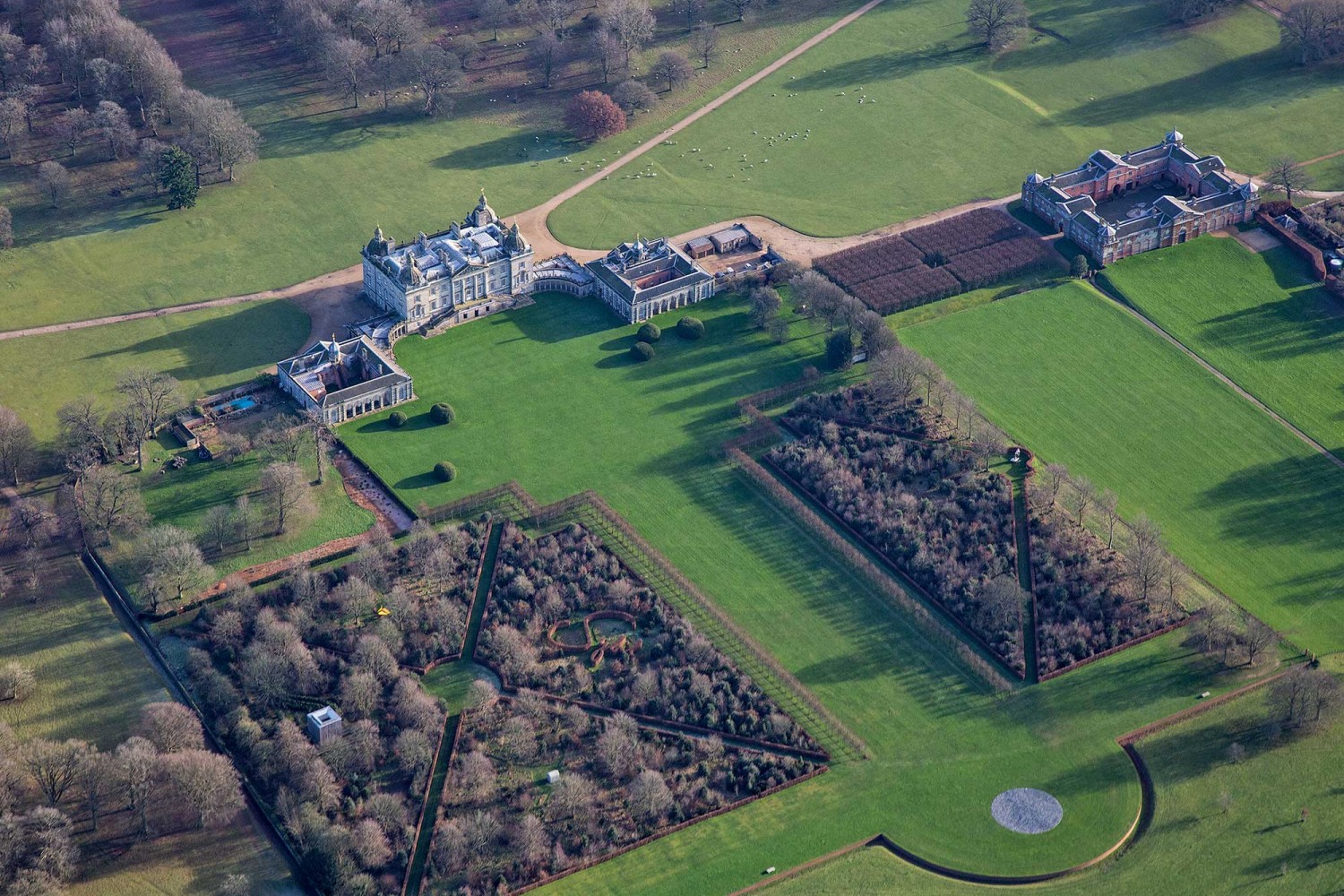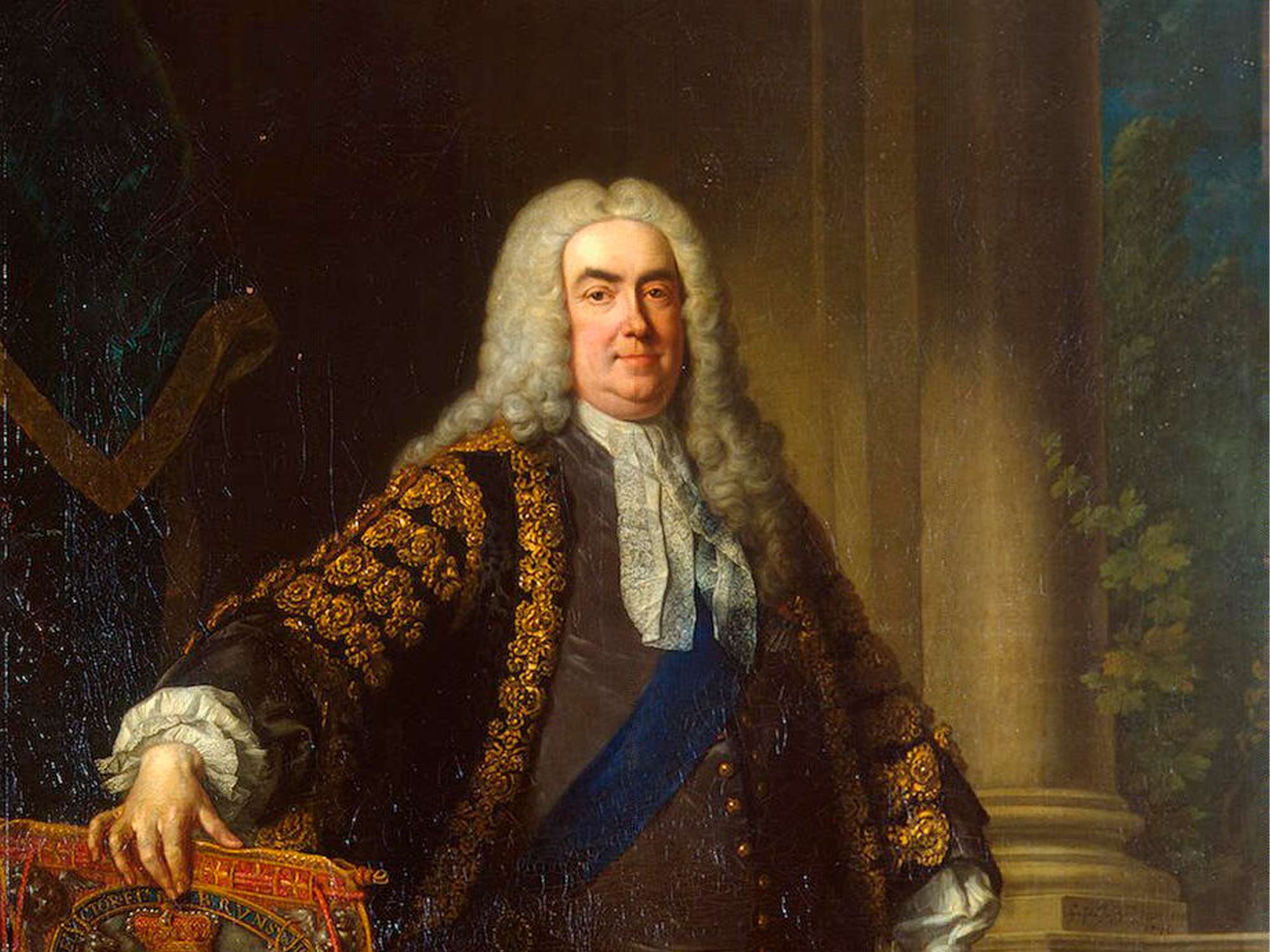
The huge achievements of Robert Walpole
300 years ago next month a man from west Norfolk became the country’s first and longest-serving Prime Minister, and would also give the area Houghton Hall, one of our most magnificent stately homes
At the age of 25, Robert Walpole became the Member of Parliament for Castle Rising, and the following year became MP for King’s Lynn - a position he’d hold for 40 years. It was the start of a remarkable political career that has never been matched by any British politician, and culminated in him becoming the country’s first Prime Minister exactly 300 years ago next month. Of the 55 Prime Ministers we’ve had since then, none have served longer - Walpole would lead the country for just over 20 years.
Robert Walpole was born in the small village of Houghton just outside King’s Lynn on 26th August 1676 to a wealthy, landowning family, and on leaving Cambridge University followed his father’s footsteps into politics. A rapid rise up the political ladder saw him become a member of the Admiralty Board in addition to becoming Secretary of War, and he was appointed Treasurer of the Navy in 1709.
When the Tories came to power in 1710, Walpole’s rise was temporarily put on hold (he belonged to the Whig party) and in 1712 he was accused of corruption and briefly imprisoned for the accusations.
It took changes to the throne to bring Robert Walpole back into favour. The new king George I distrusted the Tories, which resulted in the Whigs coming back into parliamentary control, and in 1715 Walpole became both Lord of the Treasury and Chancellor of the Exchequer.
It seems Sir Robert was never far from controversy. In 1717 he resigned from the party after disagreements with his colleagues, but he didn’t stay away for long.
Avoiding the huge financial scandal surrounding the collapse of the South Sea Company, he made a triumphant return to the House of Commons and was appointed first Lord of the Treasury and Chancellor of the Exchequer once again – a position we now simply shorten to Prime Minister.
Walpole knew the importance of keeping parliament on side as he pursued a policy of peace abroad, low taxation, and reduction of the national debt – policies that would still be political priorities 300 years later.
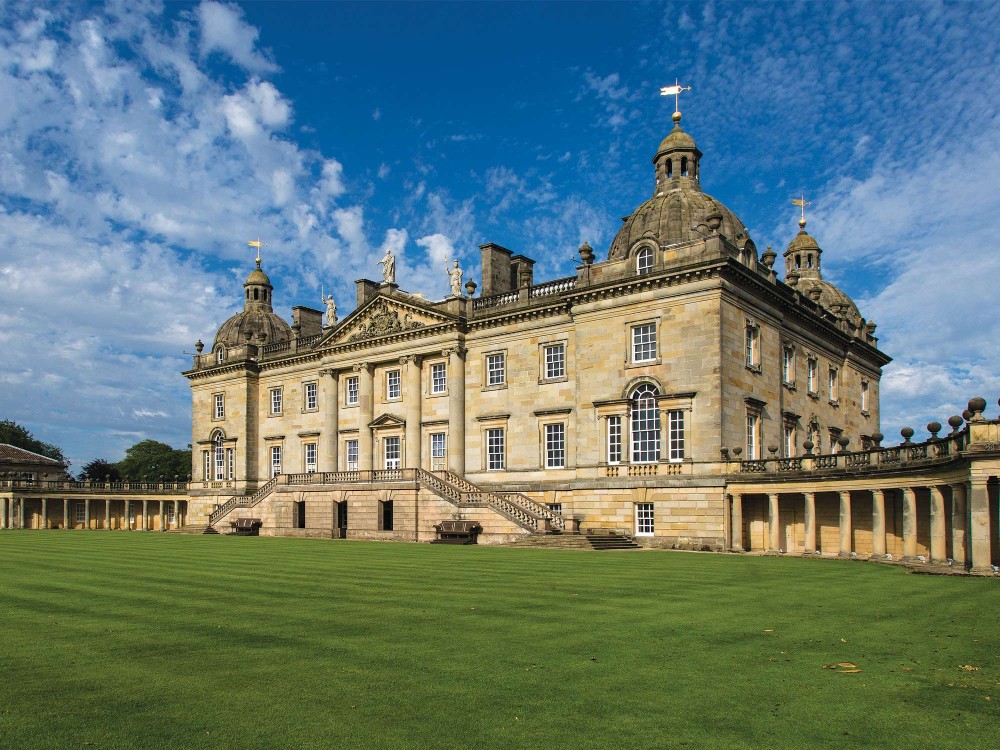
Walpole’s enduring influence on the British political scene even extends to No.10 Downing Street, which was presented to Robert Walpole in 1735 as a gift by George II and has been the permanent home of the British Prime Minister ever since.
All things come to pass however, and by 1739 Robert Walpole’s seemingly unassailable position of power became unstable, and eventually he found members of his own party turning on him. A trade dispute with Spain led to a war with the country, and his party’s poor showing at the general election in early 1741 eventually left Walpole no other option, and he resigned in February of that year.
After resigning, Walpole continued to have a degree of influence over George II and was named Earl of Orford. A few years later on the 18th March 1745 Sir Robert Walpole passed away at the age of 69 – but he left behind far more than a unique political legacy.
Walpole not only had great influence in parliament and with the Royal Family, but he also created one of Norfolk’s most iconic buildings – and one of the most beautiful houses in the country.
At the place of his birth, and using inspiration from the designs by the Venetian architect Andrea Palladio, Robert Walpole built one of England’s very finest Palladian houses in the 1720s. Houghton Hall was designed to house Sir Robert’s prized collection of Old Master paintings, and the fabulous interiors and furnishings designed by William Kent are still intact.
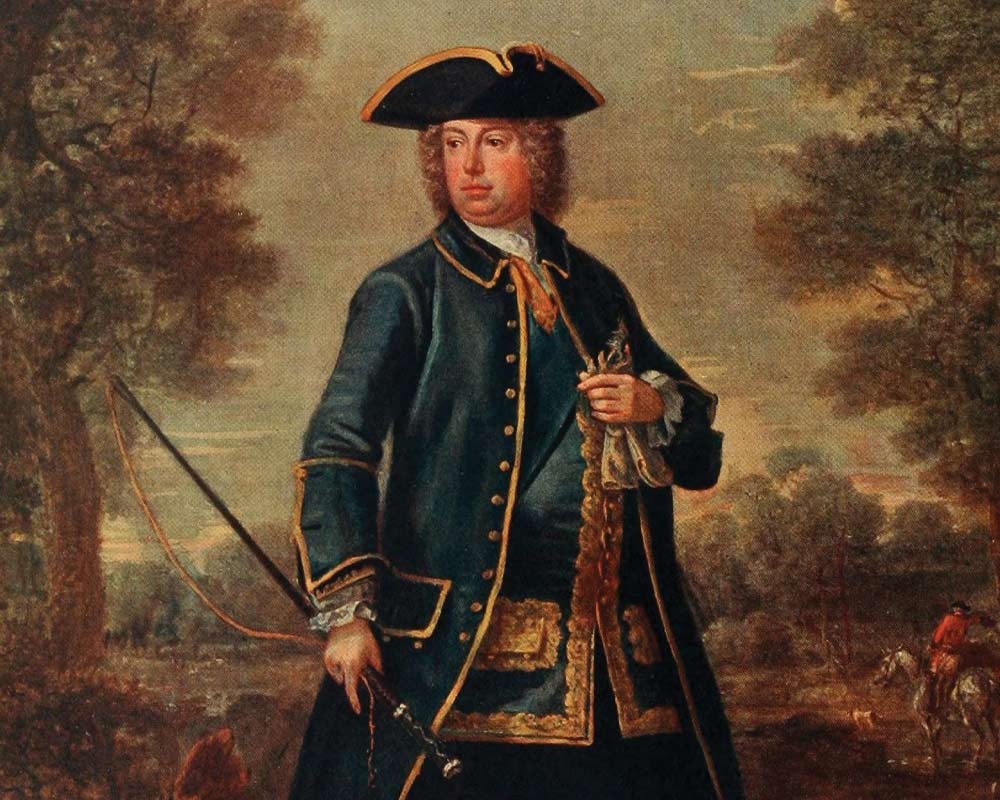
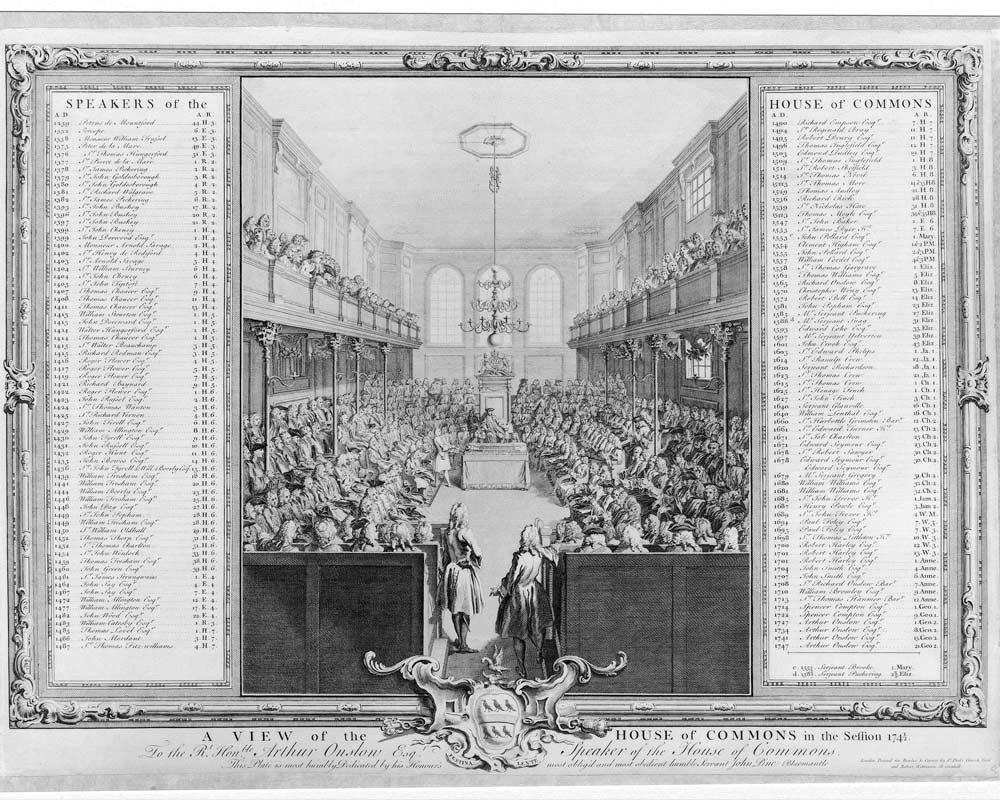
Walpole employed the architects James Gibbs and Colen Campbell to realise his dream of a house that would appropriately reflect his status, and each room was lavishly decorated using the most talented craftsmen of the period. No expense was spared (even the original village was moved) and Houghton Hall soon became a place for Walpole’s family to live and also for large-scale political entertaining.
On the death of Robert Walpole’s only surviving son Horace in 1797 Houghton Hall passed to the 1st Marquess of Cholmondeley and remains with the family today. Considering its original function, it’s rather appropriate that the private home of David Cholmondeley, the 7th Marquess of Cholmondeley is also the magnificent setting for one of the country’s most important collections of modern art.
As we approach the 300th anniversary of Robert Walpole becoming our first Prime Minister, it’s incredible to think that a man who would have such an lasting impact on our political system started from a small village on the outskirts of King’s Lynn.
